Introduction
Mangroves are trees and shrubs that grow in saline coastal habitats in the tropics and subtropics – mainly between latitudes 25° N and 25° S. The saline conditions tolerated by various species range from brackish water, through pure seawater, to water of over twice the salinity of ocean seawater, where the salt becomes concentrated by evaporation.
Variation in conditions
Mangrove trees experience daily variations in marine and terrestrial abiotic conditions. The most significant variation in abiotic conditions is the alternating tidal cycle of submergence of the roots in salty water and exposure to the air.
The existence of extensive areas of mangrove can depend on:
-
Air temperature - cold is a limiting factor for the distribution of mangroves. Two or three nights of 2-3 degrees Celsius will kill the hardiest species.
-
Protection from wave action - wave action does not allow for the development of seedlings. Mangroves develop best where there is protection from wave action and strong currents.
-
Salt water - mangroves are halophytes (salt tolerant). However they do not need salt water to grow and will grow in locations often subject to frequent flooding by freshwater following periods of heavy rainfall.
-
Sediment - mangroves require sediment in which they grow. The mangroves of the Minnamurra grow in sediments of sand and black mud.
Lower diversity
Generally, habitats with extreme abiotic factors have less diversity. This is true of the mangroves and saltmarsh. Grey mangroves are more common than the river mangrove in the Sydney/Illawarra area. They are more salt tolerant.
Key mangrove species
The southerly latitude of the Minnamurra River reduces the number of mangrove species to two making identification of key plant species relatively easy for students. The Grey Mangrove (Avicennia marina) is the most common species in NSW and Australia’s most widespread mangrove occurring in all mainland states. The River Mangrove (Aegiceras corniculatum) is also common and widespread, extending as far south as Merrimbula. The Minnamurra mangrove population is the largest between the Georges River and the Shoalhaven.
Location
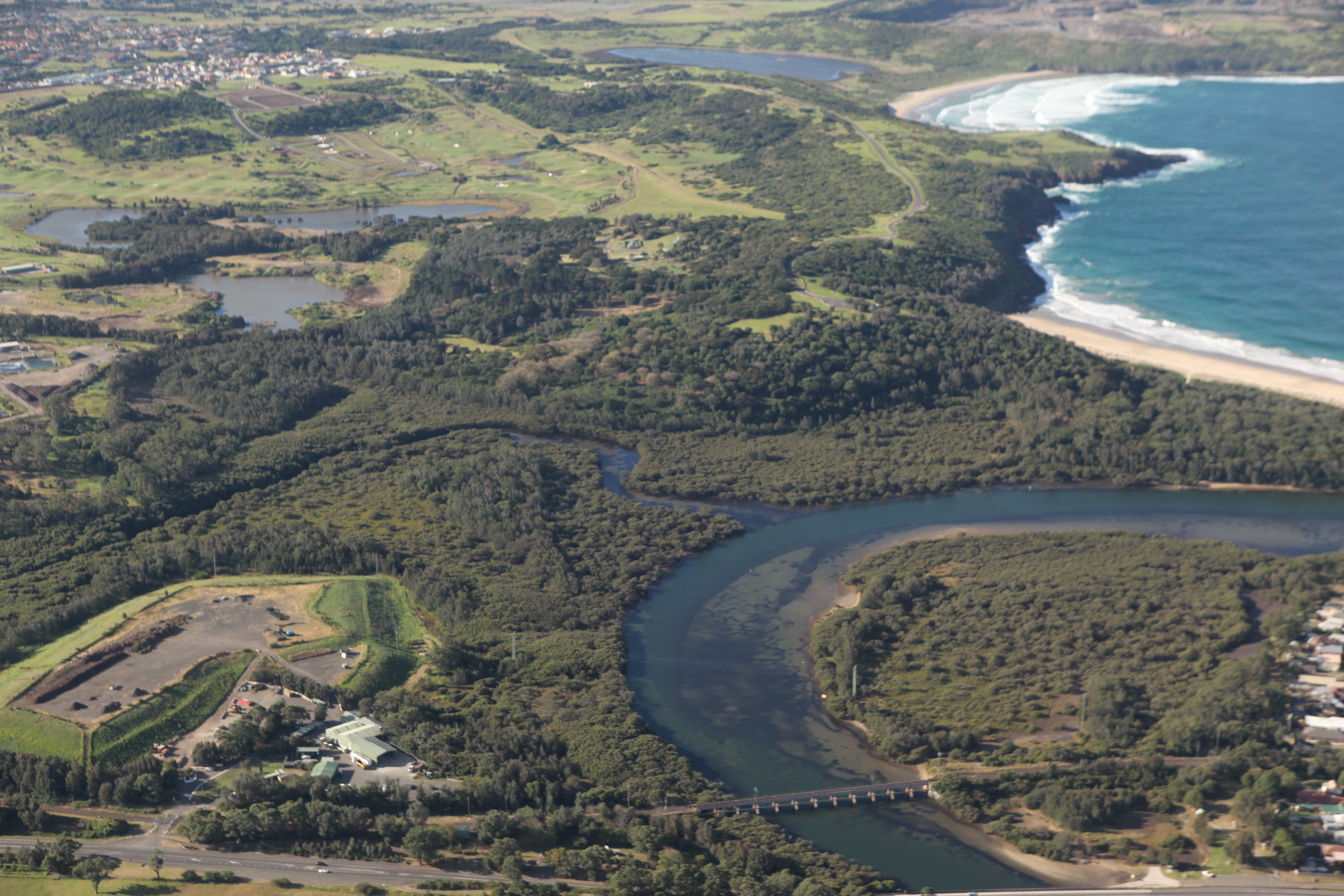
Australia wide there are about 11,500 square kilometres of mangrove. Within NSW mangroves occupy approximately 107 square kilometres. Mangrove forests are usually located along shorelines sheltered from wave action, growing within sand but more often within mud. Minnamurra River provides a barrier estuary where the development of the sand spit separates the river and the sea.
Climate
The warmest months are December, January and February with an average January maximum temperature of 26 degrees Celsius. July is the coldest month experiencing and average July minimum of 9 degrees Celsius.
Minnamurra River
The Minnamurra River is located 80 kilometres south of Sydney on the NSW south coast. The mangrove forests of the Minnamurra River estuary comprise the Grey Mangrove (Avicennia marina), the River Mangrove (Aegiceras corniculatum) and a variety of other plants and animals, including seagrasses and saltmarshes. These are the only two mangroves found in the temperate regions of southern Australia. The Minnamurra mangrove population is the largest between the Georges River and the Shoalhaven River.
Google Earth
An example of a mangrove ecosystem lies in the area around the Lane Cove Valley on Google Earth. To move out of street view level and look at the wider area click the yellow person icon in the bottom right hand corner. This resource will only work in the Google Chrome browser.
Significance
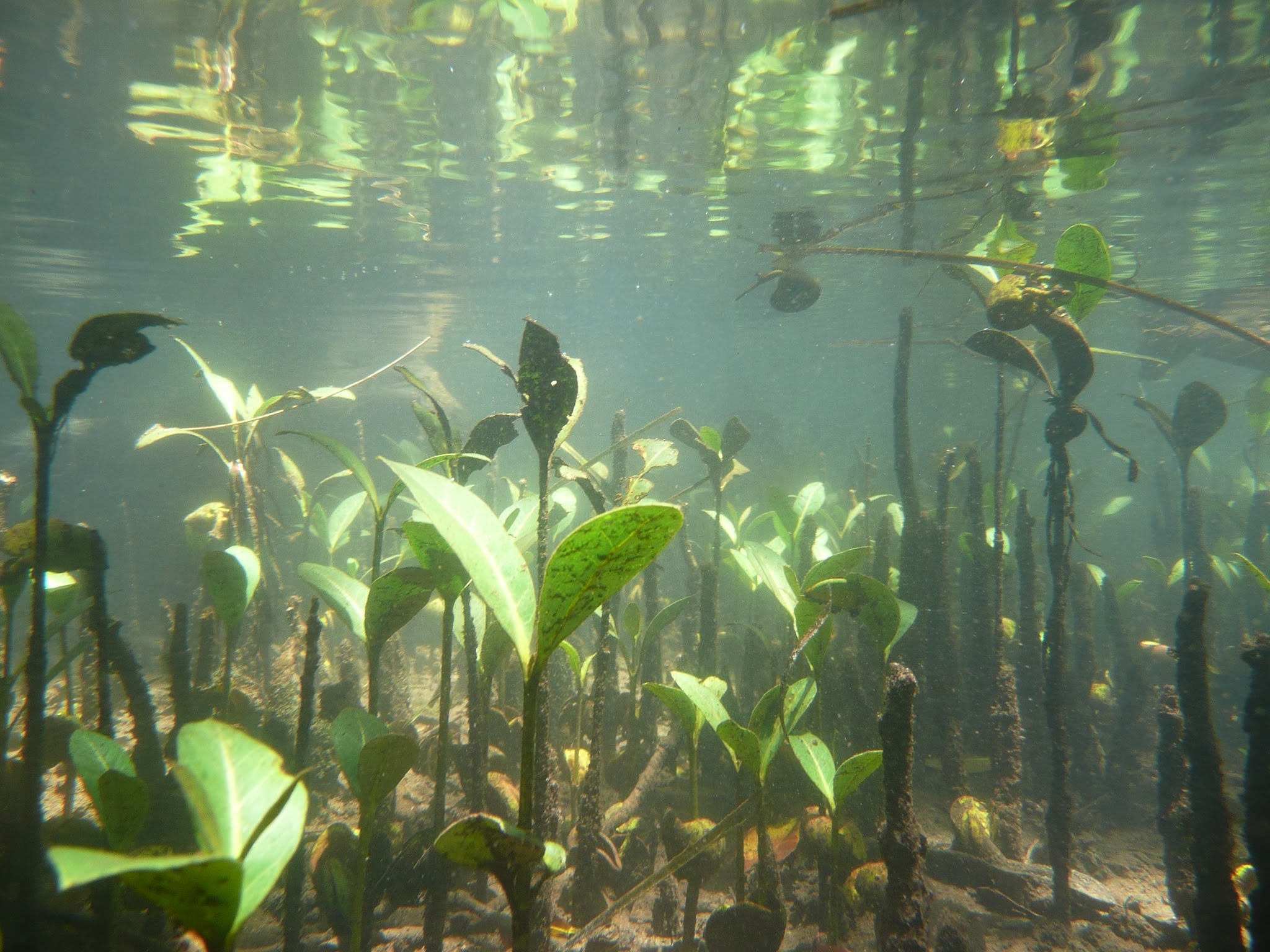
Australia has the third largest area of mangroves in the world after Indonesia and Brazil, totalling around 11,500 km2.
Critical habitat
Mangroves provide an increasingly important nursery for commercial fishes with the contribution of mangrove related species to Australia’s commercial catch estimated at around 67%.
Erosion
Mangroves play an important role in controlling erosion and protecting the coastline from storms. Mangroves trap and turnover nutrients, maintaining the diversity and cycles of growth, death and decay within the ecosystem. Mangroves trap sediment, greatly reducing the turbidity of coastal waterways.
Indigenous culture
Indigenous communities around the world have made use of mangrove ecosystems for food and medicines. In Australia, Aboriginal people have used the mangrove (Avicennia marina) for food, medicine and making weapons and implements.
Conservation
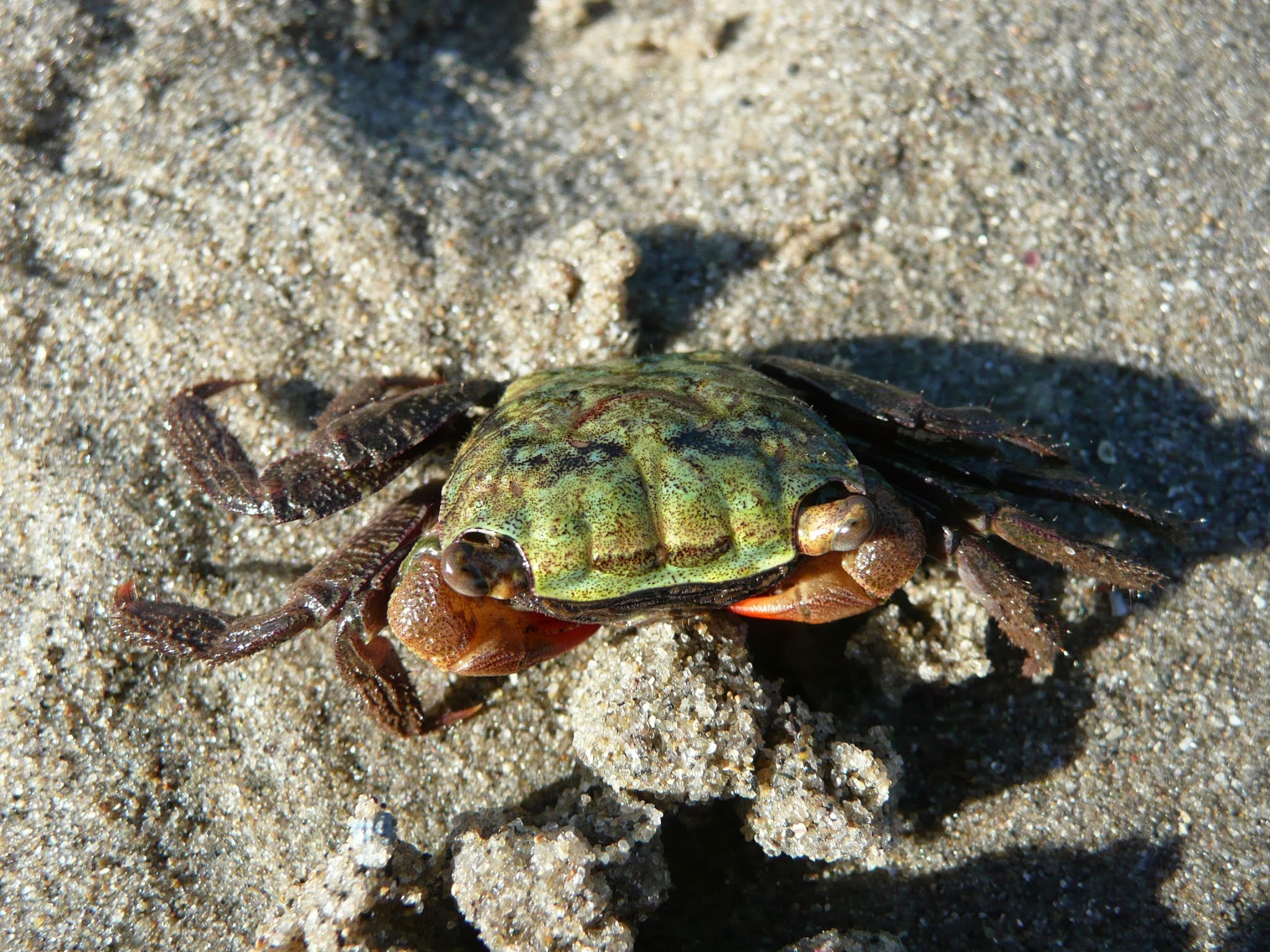
Mangroves are a threatened habitat worldwide and while there are significant legislative measures to protect mangroves in NSW the global nature of the ecosystem provides students with a local study with global links. The latter is an important syllabus consideration for many students and teachers.
Important conservation site
Minnamurra River is widely recognised as an area of regional conservation significance. The NSW government has much of the mangroves listed and protected through wetland legislation. Kiama Municipal Council and Shellharbour City Council recognise the need for conservation and protection of the estuary, associated wetlands and water quality, from development pressures. As a result both councils have contributed to an estuary management plan to minimise problems and pressures associated with development in this rural coastal catchment.
Conservation needs
Mangroves need protection against pollution, erosion, siltation, as well as preserving the aesthetic and recreational qualities of our natural shorelines. These issues allow an investigation of human impacts and their management by citizens and appropriate authorities.
Environmental education centres
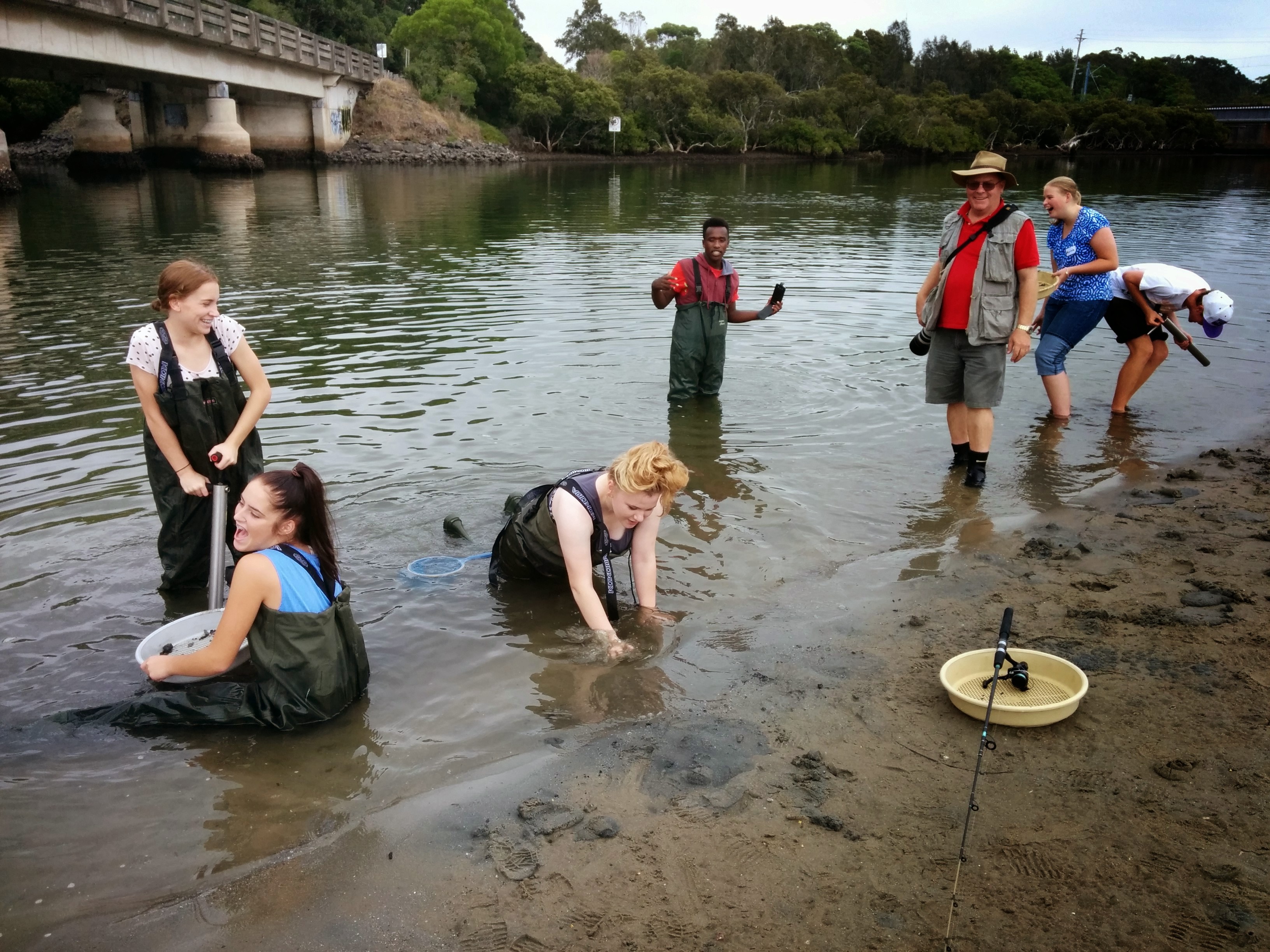
Illawarra Environmental Education Centre provides programs that encourage students to investigate, assess and report on an ecosystem.
Mangroves of the Minnamurra River
This program provides students with this opportunity to study interactions within an ecosystem in a relatively small area. Fieldwork undertaken includes using a variety of equipment to measure abiotic factors, make inferences and hypothesise about the distribution or abundance of a species.
Canoeing options
Schools may choose the option of canoeing into the mangroves to explore a small tributary of the Minnamurra River during high tide. Students of Stage 6 Biology, Senior Science, Geography, Earth and Environmental Science and Marine Studies have the opportunity to experience and investigate the dynamics of this ecosystem.
Mangrove Environmental Education Centers
Other Environmental Education Centres providing access to mangroves include:
-
Botany Bay (Sydney)
-
Royal National Park (Sydney)
-
Field of Mars (Northern Sydney)
-
Gibberagong (Northern Sydney)
-
Wetlands (Hunter/Central Coast)
-
Rumbalara (Hunter/Central Coast)
-
Cascade (North Coast)
-
Bournda (South Coast)
-
Georges River (South Western Sydney)
Further information
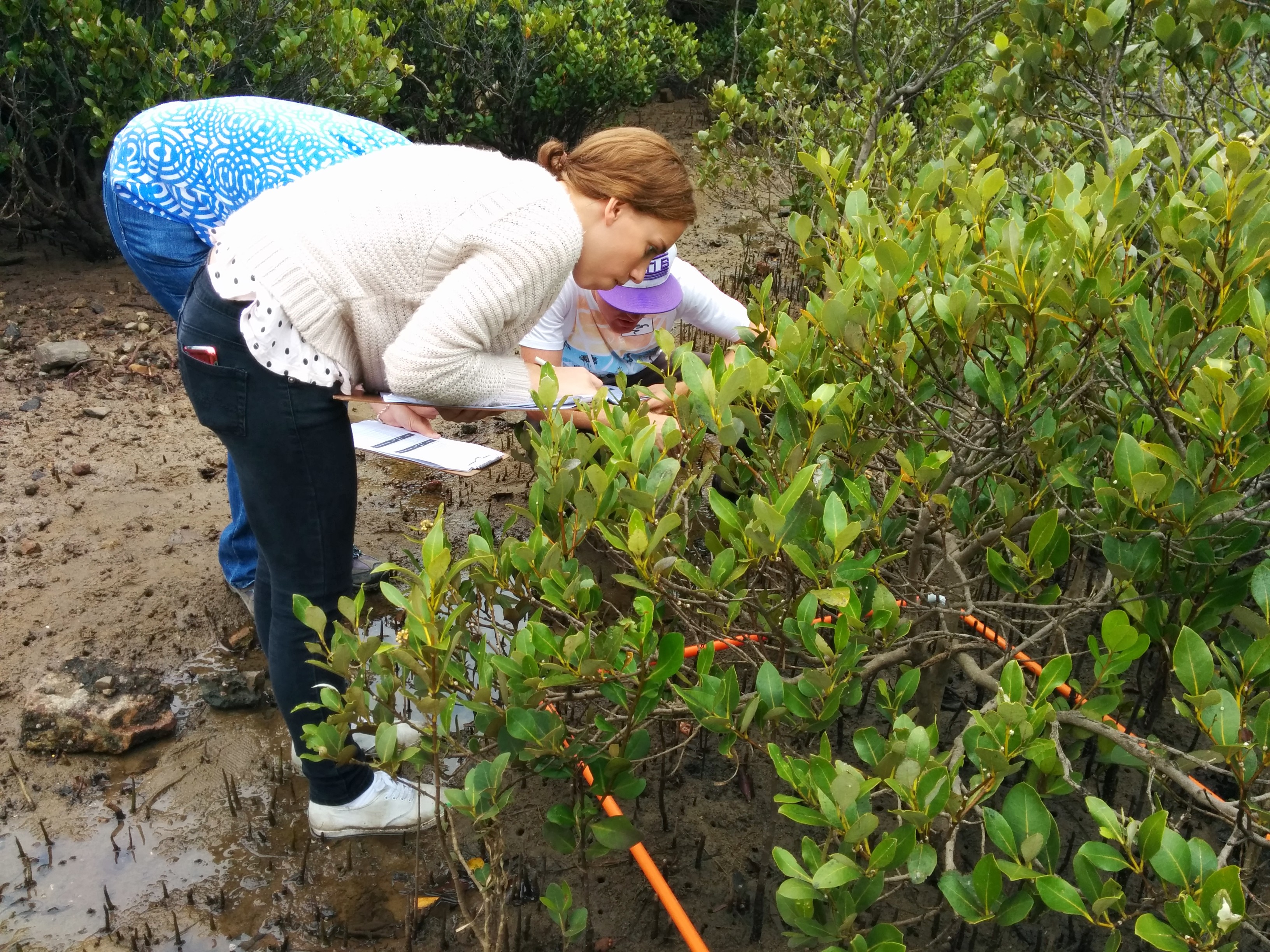
A range of teaching resources are available on the Illawarra EEC website. .
School to Work
During 2010, Stage 6 Biology students representing several local high schools accepted an invitation from the Illawarra Environmental Education Centre to participate in an enrichment opportunity as follow-up to their biology class excursion to Minnamurra River. The students worked alongside a scientist from the University of Wollongong and a videographer to prepare a documentary of mangrove research.
Useful links
-
Mangrove (Wikipedia)
-
Estuarine habitats (NSW Department of Primary Industries)
-
Mangroves (Kidcyber)
-
Southern saltmarshes and mangroves (Marine Education Society of Australasia)